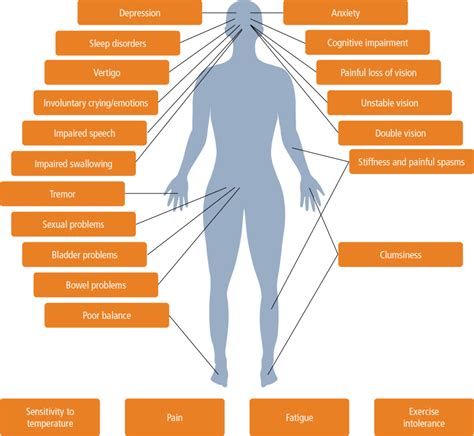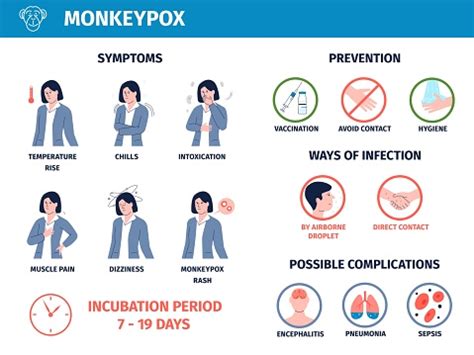Intro
Learn about acute upper respiratory infection symptoms, including cough, sore throat, and runny nose, and discover treatment options for common cold and flu-like illnesses, such as bronchitis and sinusitis.
The common cold, also known as an acute upper respiratory infection, is a widespread illness that affects millions of people worldwide every year. It is a viral infection that affects the upper respiratory system, including the nose, throat, and lungs. The symptoms of an acute upper respiratory infection can vary from person to person, but they often include a combination of nasal congestion, sneezing, runny nose, sore throat, and coughing. Understanding the symptoms of an acute upper respiratory infection is essential for seeking proper treatment and preventing complications.
Acute upper respiratory infections are highly contagious and can be spread through the air when an infected person talks, coughs, or sneezes. They can also be spread through close contact with an infected person, such as touching or shaking hands. The symptoms of an acute upper respiratory infection can be mild, moderate, or severe, and they can last from a few days to several weeks. In some cases, an acute upper respiratory infection can lead to complications, such as sinusitis, bronchitis, or pneumonia, especially in people with weakened immune systems.
The impact of acute upper respiratory infections on daily life should not be underestimated. They can cause significant discomfort, disrupt sleep, and affect work or school performance. Furthermore, acute upper respiratory infections can have a substantial economic burden, with millions of dollars spent on over-the-counter medications, prescription medications, and missed workdays. Therefore, it is essential to understand the symptoms, causes, and treatment options for acute upper respiratory infections to manage them effectively and prevent complications.
Causes and Risk Factors

Viral Infections
Viral infections are the most common cause of acute upper respiratory infections. These infections can be spread through the air when an infected person talks, coughs, or sneezes. The viruses can also be spread through close contact with an infected person, such as touching or shaking hands. The most common viral infections that cause acute upper respiratory infections include: * Rhinoviruses * Coronaviruses * Adenoviruses * Respiratory syncytial viruses (RSV) * Parainfluenza virusesSymptoms and Diagnosis

Diagnosing an acute upper respiratory infection is typically based on a physical examination and medical history. A healthcare provider may perform a physical examination to look for signs of infection, such as a red and swollen throat, and may ask questions about symptoms, such as when they started and how long they have lasted. In some cases, a healthcare provider may order laboratory tests, such as a rapid strep test or a chest X-ray, to rule out other conditions or to confirm the diagnosis.
Physical Examination
A physical examination is an essential part of diagnosing an acute upper respiratory infection. A healthcare provider may perform a physical examination to look for signs of infection, such as: * A red and swollen throat * Swollen lymph nodes in the neck * A runny nose or nasal congestion * A cough or wheezingTreatment and Management

It is essential to note that antibiotics are only effective against bacterial infections and will not work against viral infections. Therefore, it is crucial to consult with a healthcare provider to determine the underlying cause of the infection and to receive proper treatment.
Home Remedies
There are several home remedies that can help relieve symptoms of an acute upper respiratory infection, such as: * Drinking plenty of fluids, such as water, tea, or soup * Using a humidifier or saline nasal spray to relieve congestion * Gargling with salt water to soothe a sore throat * Getting plenty of rest to support the body's natural immune response * Using a warm compress or heating pad to relieve sinus pressurePrevention and Complications

Complications of acute upper respiratory infections can occur, especially in people with weakened immune systems or underlying medical conditions. Some possible complications include:
- Sinusitis
- Bronchitis
- Pneumonia
- Ear infections
- Asthma exacerbations
Vaccination
Vaccination is an effective way to prevent acute upper respiratory infections, especially against flu and other respiratory viruses. The flu vaccine is recommended for everyone 6 months and older, and it is especially important for people who are at high risk of complications, such as older adults, young children, and people with certain chronic health conditions.Conclusion and Future Directions

As research continues to advance, new treatments and prevention strategies may become available. It is essential to stay informed and up-to-date on the latest developments and to consult with a healthcare provider for personalized advice and care.
What are the most common symptoms of an acute upper respiratory infection?
+The most common symptoms of an acute upper respiratory infection include nasal congestion, sneezing, runny nose, sore throat, and coughing.
How can I prevent acute upper respiratory infections?
+Preventing acute upper respiratory infections involves practicing good hygiene, getting enough sleep, managing stress, avoiding smoking and secondhand smoke, and getting vaccinated against flu and other respiratory viruses.
What are the possible complications of acute upper respiratory infections?
+Possible complications of acute upper respiratory infections include sinusitis, bronchitis, pneumonia, ear infections, and asthma exacerbations, especially in people with weakened immune systems or underlying medical conditions.
How long do acute upper respiratory infections typically last?
+Acute upper respiratory infections can last from a few days to several weeks, depending on the severity of symptoms and the underlying cause.
What is the best way to treat an acute upper respiratory infection?
+The best way to treat an acute upper respiratory infection depends on the severity of symptoms and the underlying cause. Treatment may involve over-the-counter medications, prescription medications, rest, hydration, and home remedies, such as humidifiers or saline nasal sprays.
We hope this article has provided you with a comprehensive understanding of acute upper respiratory infections, including their symptoms, causes, treatment options, and prevention strategies. If you have any further questions or concerns, please do not hesitate to comment below or share this article with others who may find it helpful. Additionally, we encourage you to take proactive steps to protect yourself and your loved ones from acute upper respiratory infections by practicing good hygiene, getting enough sleep, and managing stress. By working together, we can reduce the impact of these infections and promote overall health and well-being.
